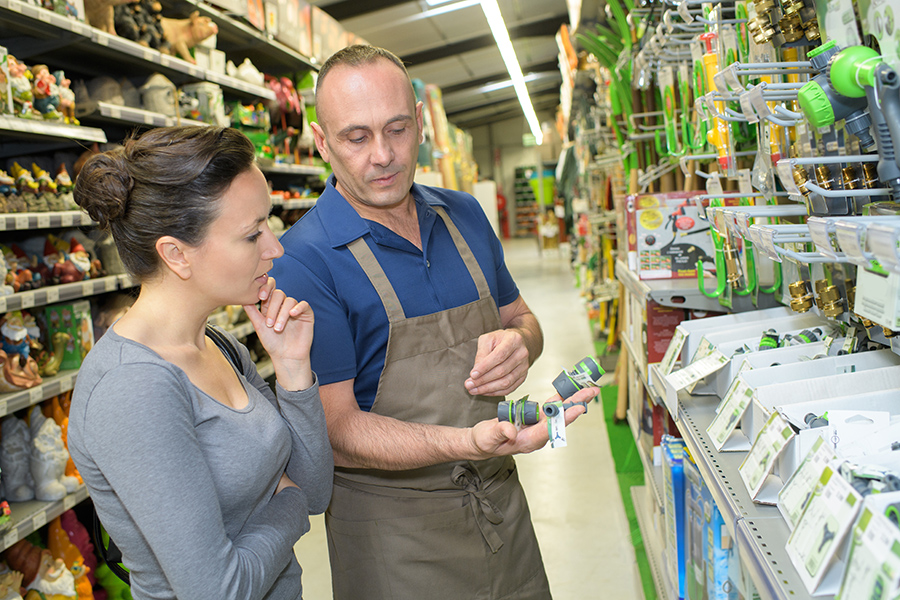
Customer Loyalty Key to Retail Success
Turning shoppers into loyal customers has long been a challenge and an objective of any business. Building customer loyalty in an age when the coronavirus pandemic has more people shopping online, fewer venturing into stores, and more switching brands has made the difficult chore even harder.
A pair of reports conducted in 2020 show how drastically the pandemic affected shoppers’ preferences. A July report, from the communications firm Ketchum, showed that 45% of American shoppers had altered their brand preference because of the pandemic closures and restrictions. A month later, a report from McKinsey & Company showed that the number had grown to 75%.
Why the changes? The pandemic is to blame on almost all levels. Disruption in production caused by factories and mills being shut down affected supply chains at their roots. Stay-at-home restrictions changed the way everyone shopped, communicated, taught their kids, and entertained themselves.
The McKinsey study expects these changes to turn into permanent behavior for many Americans with upward of 60% planning to stick with their new ways after the pandemic has abated.
Value and Convenience are Now Key
Where shoppers would go out of their way to shop for certain products and brands, or at specific stores, the pandemic stopped those behaviors. Convenience and price are more important than ever.
Reduced income caused either by layoffs or reductions in working hours forced shoppers to consider price as a key factor in a purchase. A desire to avoid busy stores had shoppers looking for businesses that featured convenience programs like buy online, pick up in-store (BOPIS), or curbside pickup.
Customers Looking to Support Their Community
Many shoppers increased their desire to support local businesses amid the pandemic. The National Retail Federation says that 49% of consumers made a purchase specifically intending to support local small businesses during the pandemic. They have been doing it by using stores that have online shopping options and by taking advantage of delivery and pickup options or opting for outdoor dining at local restaurants.
Turning Pandemic Changes into New Behaviors
The McKinsey report on consumer sentiment indicated that 65% of those polled intend to continue to engage in different shopping behaviors. A report on brand reckoning (registration required) from communications firm Ketchum indicated that, of those consumers who switched brands during the pandemic, 62% will make that change permanent.
Dan Nesmith, founder and president of Paladin Data Corporation, a leading provider of point of sale and digital business solutions, says increasing the bottom line is simple logic and mathematics. Retailers can either find ways to increase their margins or boost the number of their regular loyal customers. Margins can only be raised so much before customers start looking for somewhere else to shop. So, increasing the numbers of loyal customers makes more sense and strong customer loyalty programs are key components of that effort.
So how do you turn a casual occasional shopper into a loyal customer?
Loyalty programs are one answer. Third-party customer loyalty programs such as RepeatRewards are an option. Some retail management solution providers also offer alternatives. Paladin has its own royalty-free Rich Rewards.
For those interested in other methods, this story from Home Improvement Retailer – “Three Ideas to Build a Community of Loyal Customers” – offers some suggestions that are relevant to all small retail businesses.
